Introduction
Jackfruit, known as the “king of fruits” in many tropical regions, is celebrated for its sweet, aromatic flesh and versatility in both sweet and savory dishes. However, the fruit’s large size and sticky interior often leave behind a substantial number of seeds, which are frequently discarded as waste. What many overlook is that these seeds are not only edible but also packed with nutrients, offering a sustainable and healthy addition to diets. This article explores the myriad ways to process, cook, and innovate with jackfruit seeds, transforming them from a byproduct into a culinary delight. From boiling and roasting to grinding into flour, we delve into techniques that unlock their potential while highlighting their nutritional benefits and cultural significance.
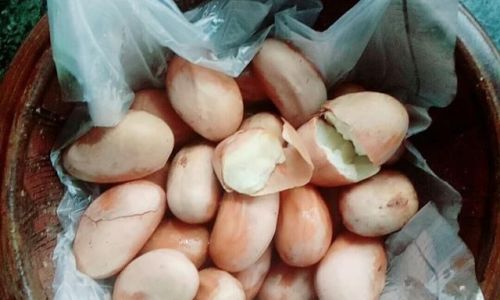
The Nutritional Powerhouse Within
Before diving into processing methods, it’s essential to understand why jackfruit seeds are worth the effort. A 100-gram serving of raw jackfruit seeds contains approximately:
- 184 calories
- 7 grams of protein
- 38 grams of carbohydrates (including 11 grams of dietary fiber)
- 5 grams of fat
- Rich in vitamins: B-complex vitamins (thiamine, riboflavin, niacin), vitamin C, and folate.
- Minerals: Potassium, magnesium, iron, and calcium.
Their high fiber content aids digestion, while the protein and mineral profile makes them a valuable addition to vegetarian and vegan diets. Additionally, jackfruit seeds contain antioxidants like flavonoids and saponins, which combat oxidative stress and inflammation. By incorporating these seeds into your meals, you’re not only reducing food waste but also boosting your intake of essential nutrients.
Harvesting and Initial Preparation
The first step in processing jackfruit seeds begins during the fruit’s harvest. When cutting open a jackfruit, the seeds are embedded within the fleshy pods. To extract them:
- Separate the pods: Gently pull apart the yellow, fleshy bulbs that house the seeds.
- Remove the seeds: Each pod contains one seed, which is oval-shaped and covered in a thin, white membrane.
- Clean the seeds: Rinse them under cold water to remove any residual flesh or sap. Some people prefer to wear gloves during this process, as jackfruit sap can be sticky and difficult to clean.
Once cleaned, the seeds can be processed immediately or stored for later use. If storing, pat them dry and keep them in an airtight container in a cool, dry place for up to a week. For longer shelf life, refrigerate or freeze them.
Cooking Methods: From Boiling to Roasting
Jackfruit seeds have a starchy, potato-like texture when cooked, with a flavor reminiscent of chestnuts or sweet potatoes. Here’s how to prepare them using various techniques:
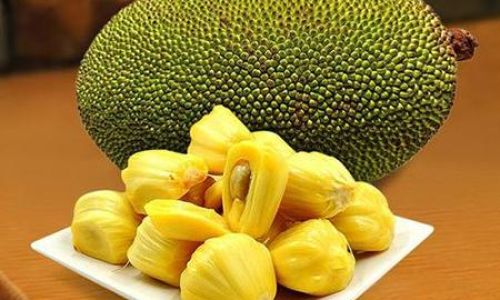
Boiling
Boiling is the simplest method and ideal for softening the seeds for further use.
- Steps:
- Place cleaned seeds in a pot and cover with water.
- Add a pinch of salt (optional) and bring to a boil.
- Reduce heat and simmer for 20–30 minutes, or until tender.
- Drain and rinse under cold water.
- Uses: Boiled seeds can be eaten as a snack, added to salads, or mashed into dips.
Roasting
Roasting enhances the seeds’ nutty flavor and creates a crunchy texture.
- Steps:
- Preheat the oven to 400°F (200°C).
- Toss boiled seeds in a drizzle of oil, salt, and spices (e.g., paprika, cumin, or chili powder).
- Spread on a baking sheet and roast for 15–20 minutes, stirring occasionally.
- Let cool before serving.
- Uses: Roasted seeds make a crunchy topping for soups, a standalone snack, or a garnish for rice dishes.
Frying
Frying yields a crispy exterior and a soft interior, similar to fried plantains.
- Steps:
- Slice boiled seeds into halves or quarters.
- Heat oil in a pan over medium heat and fry until golden brown (3–5 minutes).
- Drain on paper towels and season with salt.
- Uses: Perfect as a side dish or a crunchy addition to stir-fries.
Pressure Cooking
For a quicker method, pressure cooking reduces cooking time significantly.
- Steps:
- Add seeds and 1 cup of water to a pressure cooker.
- Cook on high pressure for 8–10 minutes, then release steam naturally.
- Uses: Ideal for softening seeds before blending into soups or curries.
Grinding into Flour
Jackfruit seed flour is a gluten-free alternative with a mild, sweet taste.
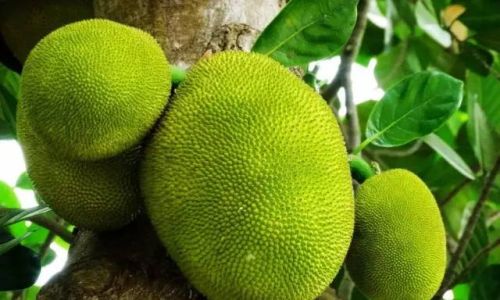
- Steps:
- Slice boiled seeds and dry them in a dehydrator or oven at 140°F (60°C) until crisp.
- Grind into a fine powder using a blender or spice grinder.
- Sift to remove lumps and store in an airtight container.
- Uses: Substitute up to 25% of regular flour in baking recipes, or use it to thicken sauces.
Culinary Applications: Beyond the Basics
Jackfruit seeds’ versatility extends far beyond simple boiling or roasting. Here are creative ways to incorporate them into your meals:
Jackfruit Seed Hummus
Blend boiled seeds with tahini, garlic, lemon juice, and olive oil for a protein-rich dip.
Seed-Stuffed Vegetables
Mash boiled seeds with herbs and spices, then use the mixture to stuff bell peppers or zucchini.
Seed Flour Bread
Combine jackfruit seed flour with wheat or almond flour to make gluten-free bread with a nutty flavor.
Spicy Seed Chaat
Toss roasted seeds with chopped onions, tomatoes, cilantro, and chaat masala for a tangy snack.
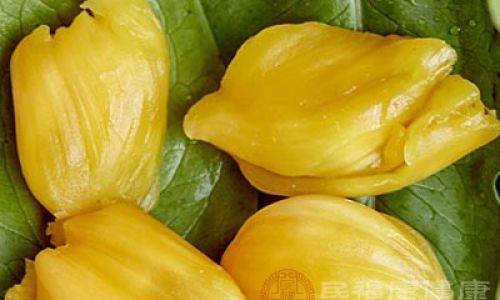
Seed Milk
Soak dried seeds overnight, blend with water, and strain to create a creamy, dairy-free milk alternative.
Curry Base
Sauté ground jackfruit seeds with onions, tomatoes, and spices to create a thick, flavorful curry base.
Safety and Precautions
While jackfruit seeds are generally safe, consider these tips:
- Avoid raw consumption: Uncooked seeds contain trypsin inhibitors, which can interfere with digestion. Always cook them thoroughly.
- Allergies: Though rare, some individuals may be allergic to jackfruit. Test a small amount before consuming large quantities.
- Storage: Moist seeds can sprout or mold. Ensure they are fully dry before storing.
Cultural Significance and Sustainability
In many Asian and African countries, jackfruit seeds have been a dietary staple for centuries. For example, in Sri Lanka, they are boiled and served with coconut milk, while in Nigeria, roasted seeds are a popular street food. By utilizing these seeds, you’re participating in a tradition of zero-waste cooking that respects cultural heritage and promotes sustainability.
Moreover, jackfruit trees are drought-resistant and require minimal pesticides, making them an eco-friendly crop. Repurposing their seeds reduces agricultural waste and supports local economies.
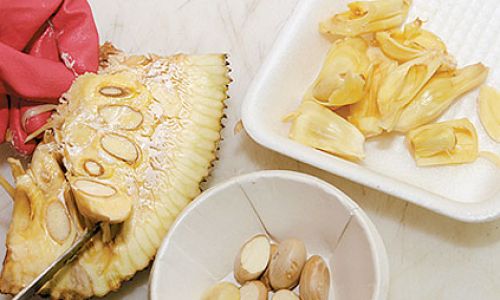
Troubleshooting Common Issues
- Seeds not softening: Ensure they’re fully submerged in water and cooked for the recommended time. Older seeds may take longer to soften.
- Bitter taste: Soak raw seeds in salted water for 30 minutes before cooking to remove bitterness.
- Mushy texture: Avoid overcooking; monitor closely during boiling or pressure cooking.
Conclusion
Jackfruit seeds are a testament to the adage “one person’s trash is another’s treasure.” By mastering simple processing techniques, you can turn this often-overlooked byproduct into a nutrient-dense ingredient that enhances meals and snacks. Whether roasted, boiled, or ground into flour, these seeds offer a sustainable way to diversify your diet while honoring culinary traditions. Next time you encounter a jackfruit, remember: the seeds are not waste—they’re a wonder waiting to be explored. Embrace their potential, and let your kitchen become a laboratory for innovative, eco-conscious cooking.
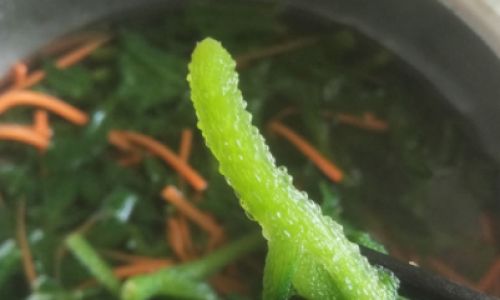
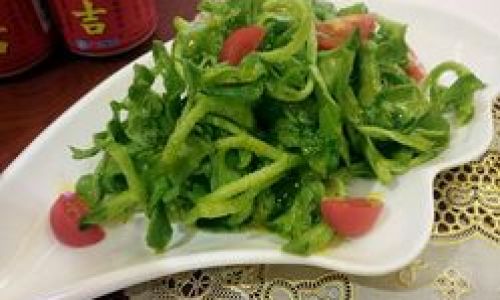
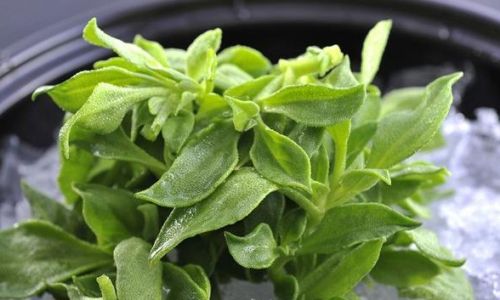
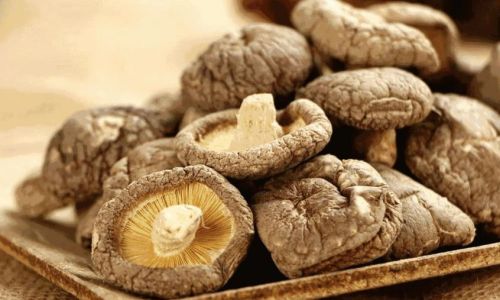
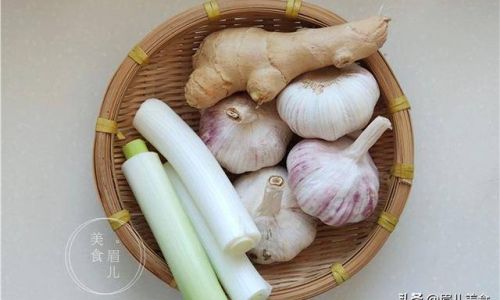
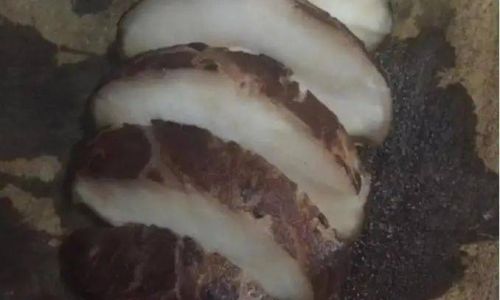
0 comments